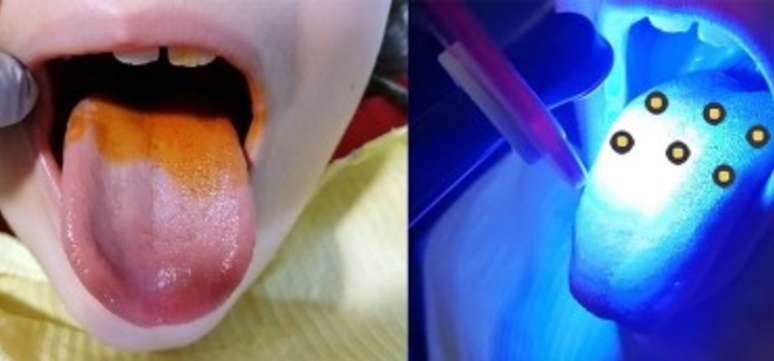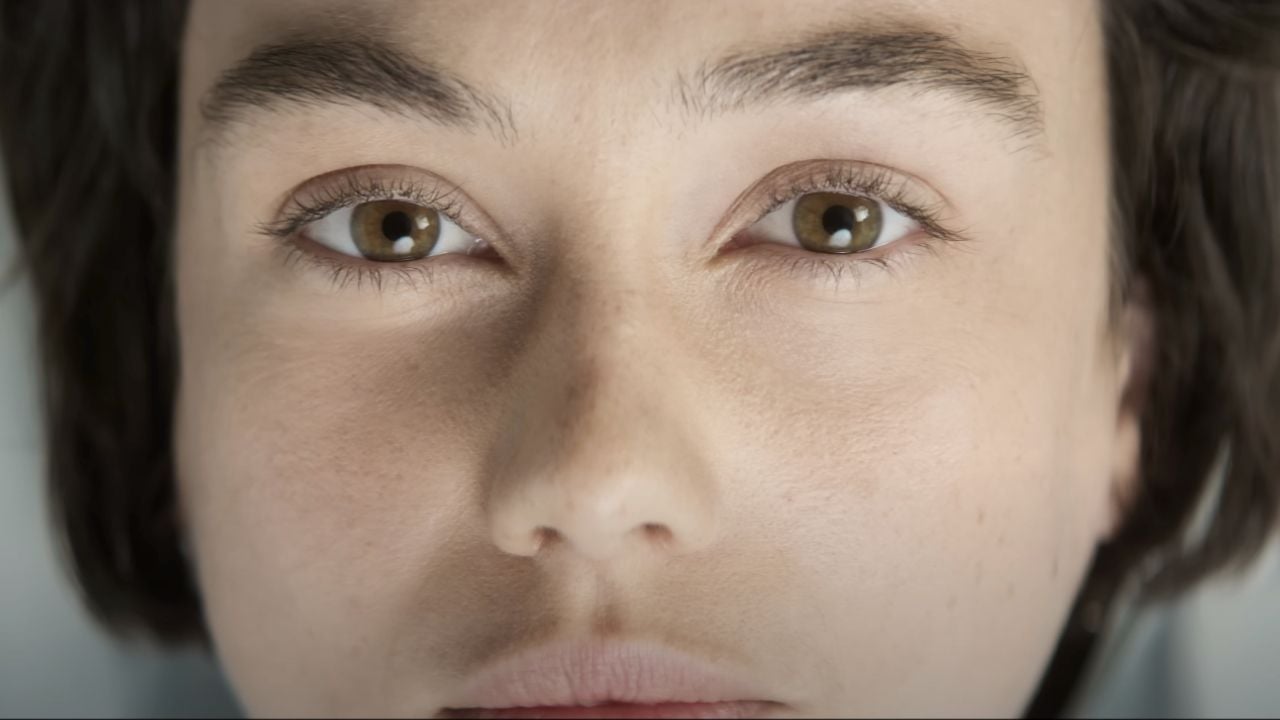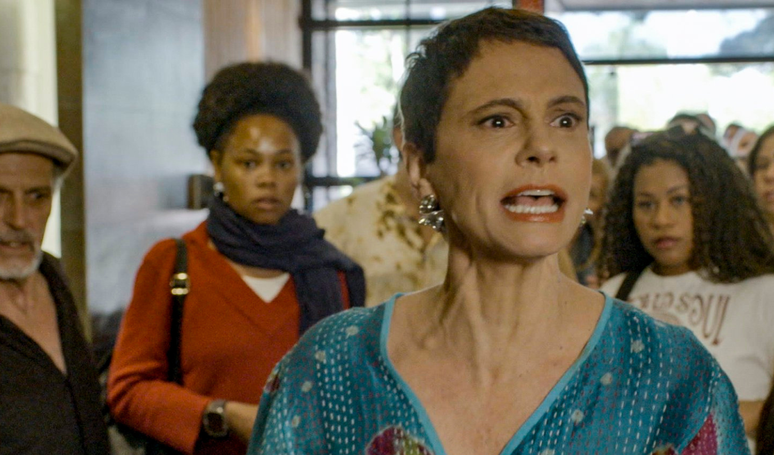The protocol involved applying a 20% annatto spray to the back of the tongue, followed by irradiation with blue LEDs at six specific points
A study published in the scientific journal PLOS ONE presented an innovative and effective approach to treating bad breath in children. The research used antimicrobial photodynamic therapy (aPDT) with annatto dye and blue LED light, achieving promising results in 52 children aged 6 to 12 years diagnosed with bad breath and breathing through their mouths.
Bad breath, characterized by unpleasant odors originating from the oral cavity, can be aggravated by oral breathing, which reduces the production of saliva and its antibacterial function. According to Sandra Kalil Bussadori, pediatric dentist and researcher involved in the study, “the photosensitizer used was annatto, which is red, combined with the blue LED of the photopolymerizable device that dentists already have in their practices, which facilitates the adoption of the protocol,” he told Agência FAPESP.
The therapy has demonstrated superior results compared to traditional methods, such as the use of tongue scrapers, being an accessible and feasible alternative for healthcare professionals. Bussadori also highlights the development of the annatto spray in the research, the patent for which was granted in 2020.
How does the technique work?
In aPDT, a photosensitizing agent is activated by light, producing oxygen free radicals that kill bacteria. During the study, the children received oral hygiene guidance and were divided into two groups: one treated bad breath by applying annatto dye and LED light to the tongue, while the other only used a scraper.
The protocol involved applying a 20% annatto spray to the back of the tongue, followed by irradiation with blue LEDs at six specific points for 20 seconds each. Results were measured before, immediately after treatment, and at 7- and 30-day intervals, showing more significant improvement in the group that received photodynamic therapy.
Social impacts and accessibility
Bad breath is not only a physical health problem, but also has a social impact, causing embarrassment and even psychological changes, explains Bussadori. The researcher reiterates that the use of the blue LED, already present in many dental practices, combined with the annatto dye, represents an economical and accessible solution.
The research, led by Laura Hermida Cardoso and developed in collaboration with the Nove de Julho University, the Catholic University of Uruguay and the Metropolitan University of Santos, was funded by FAPESP and paves the way for new treatment protocols based on biophotonics.
Although the tests were only conducted on children, the technique holds promise for people of all ages, cementing itself as an advance in accessible and sustainable dental care.
Source: Terra
Rose James is a Gossipify movie and series reviewer known for her in-depth analysis and unique perspective on the latest releases. With a background in film studies, she provides engaging and informative reviews, and keeps readers up to date with industry trends and emerging talents.







